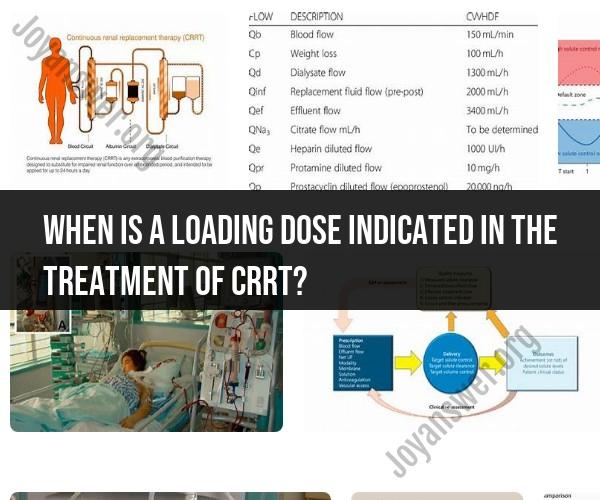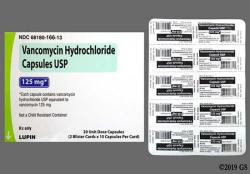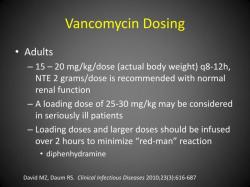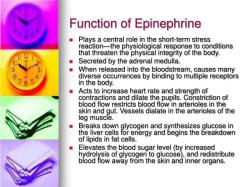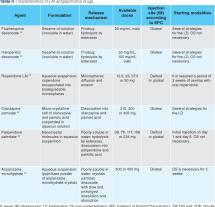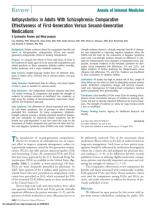When is a loading dose indicated in the treatment of CRRT?
In the context of Continuous Renal Replacement Therapy (CRRT), the use of a loading dose of medication is generally not a common practice. CRRT is a method of renal replacement therapy used to support patients with acute kidney injury (AKI) or other renal conditions. Unlike some other medical treatments, CRRT typically does not involve loading doses of medications for several reasons:
Continuous Nature of CRRT: CRRT operates continuously, often over 24 hours or more. Medications are usually administered at a steady rate throughout the treatment duration, rather than in bolus or loading doses. This continuous administration helps maintain medication concentrations within therapeutic ranges.
Risk of Medication Accumulation: In CRRT, drugs can be removed from the patient's bloodstream as part of the waste fluid being filtered. If a loading dose were administered, there might be a risk of excessive accumulation of the drug, leading to potential toxicity.
Individualized Medication Management: Medication dosing in CRRT is often highly individualized, taking into account the patient's specific renal function, hemodynamic status, and the desired therapeutic effect. Dosing adjustments are made based on frequent monitoring of drug levels and the patient's clinical response.
Anticoagulation Considerations: In some cases, anticoagulation is required during CRRT to prevent clotting in the circuit. Anticoagulants like heparin or citrate are often used but are carefully dosed based on the patient's coagulation parameters. Again, a loading dose is not typical for these agents.
While loading doses are not generally used in CRRT treatment, some medications that require steady-state concentrations may be administered as an initial bolus followed by continuous infusion to achieve the desired therapeutic levels. These medications are carefully selected, and their dosing is closely monitored by the healthcare team.
It's essential for healthcare professionals managing patients on CRRT to be knowledgeable about the specific medications being administered and their dosing strategies. Any deviations from standard dosing practices should be based on the patient's unique clinical condition and should be carried out under the supervision of a healthcare provider experienced in CRRT management.
A loading dose of medication is indicated in CRRT treatment when:
- The medication has a high volume of distribution, meaning that it is distributed throughout the body and not just concentrated in the bloodstream. This is because the CRRT circuit will remove the medication from the bloodstream, but it will not remove it from the tissues.
- The medication has a short half-life, meaning that it is eliminated from the body quickly. This is because the CRRT circuit will constantly be removing the medication from the bloodstream, so it is important to give a loading dose to ensure that the patient has a therapeutic level of the medication in their system.
- The medication is needed to achieve a rapid therapeutic effect. This is because the CRRT circuit will take time to reach equilibrium, so it may be some time before the patient achieves a therapeutic level of the medication.
Some examples of medications that may require a loading dose in CRRT treatment include:
- Aminoglycosides, such as gentamicin and tobramycin
- Vancomycin
- Linezolid
- Meropenem
- Piperacillin/tazobactam
- Cefotaxime
- Ceftriaxone
The specific loading dose that is required will vary depending on the medication and the patient's individual characteristics. It is important to consult with a pharmacist or other healthcare professional to determine the appropriate loading dose for each patient.
Here are some additional considerations for loading doses in CRRT treatment:
- The loading dose should be given over a short period of time, such as 30-60 minutes. This is to ensure that the medication reaches a therapeutic level in the bloodstream as quickly as possible.
- The loading dose should be given before the start of CRRT, or as soon as possible after the start of CRRT. This is to minimize the amount of medication that is removed by the CRRT circuit.
- The loading dose may need to be adjusted based on the patient's response to therapy. For example, the loading dose may need to be increased if the patient is not achieving a therapeutic level of the medication, or it may need to be decreased if the patient is experiencing side effects.
It is important to note that loading doses should be used with caution in patients with CRRT, as they can increase the risk of adverse effects. It is important to monitor the patient closely for any signs of toxicity and to adjust the dose as needed.
